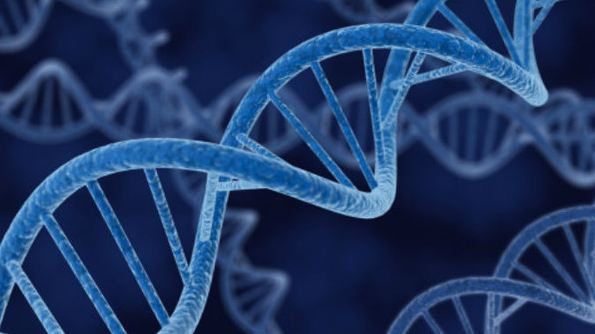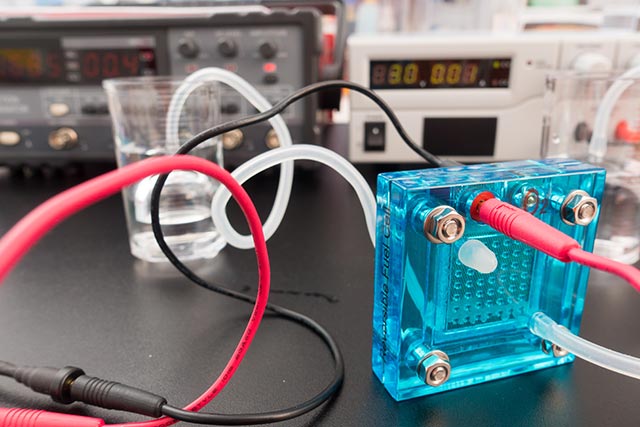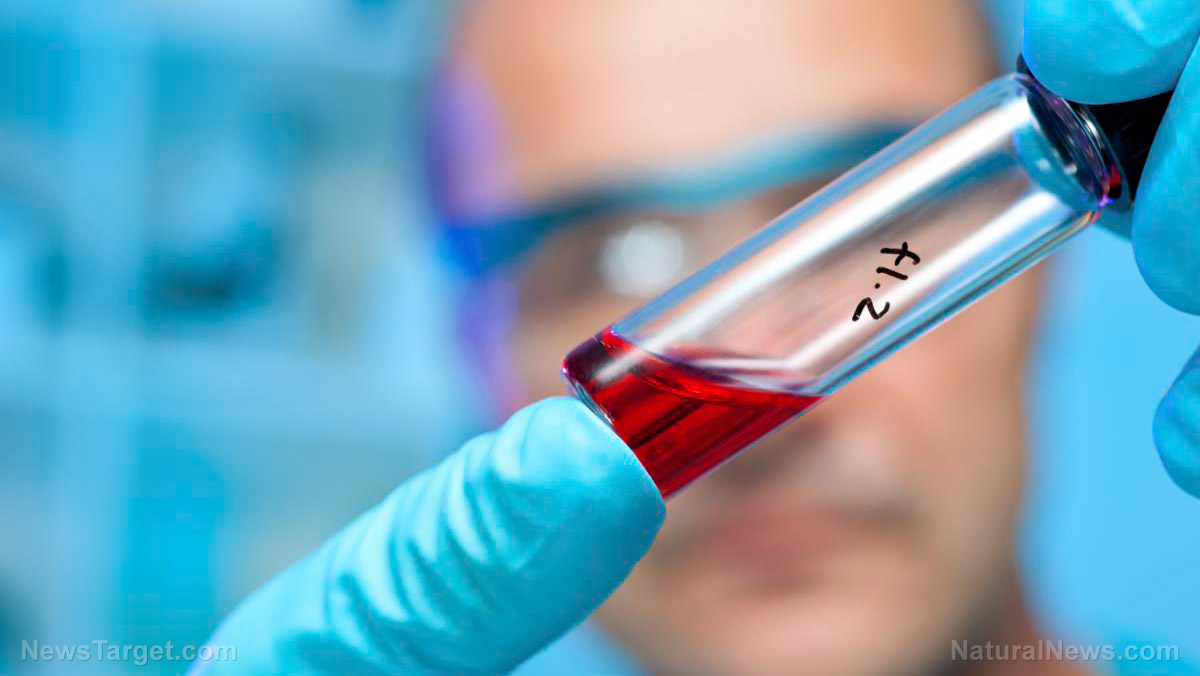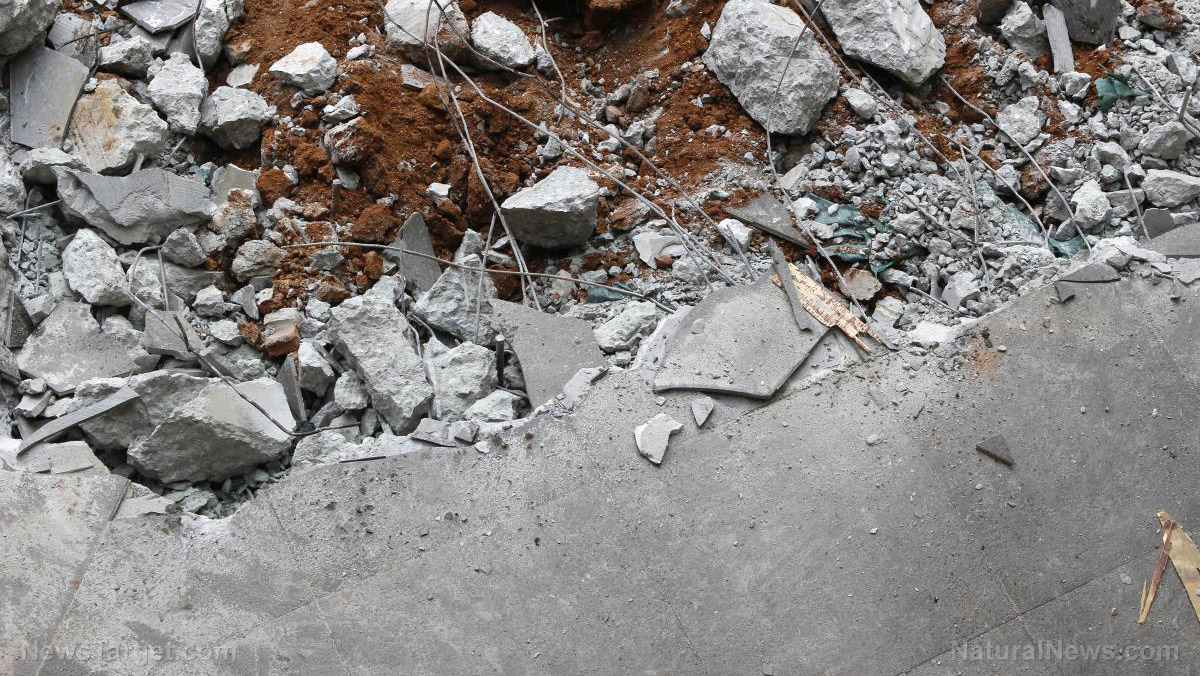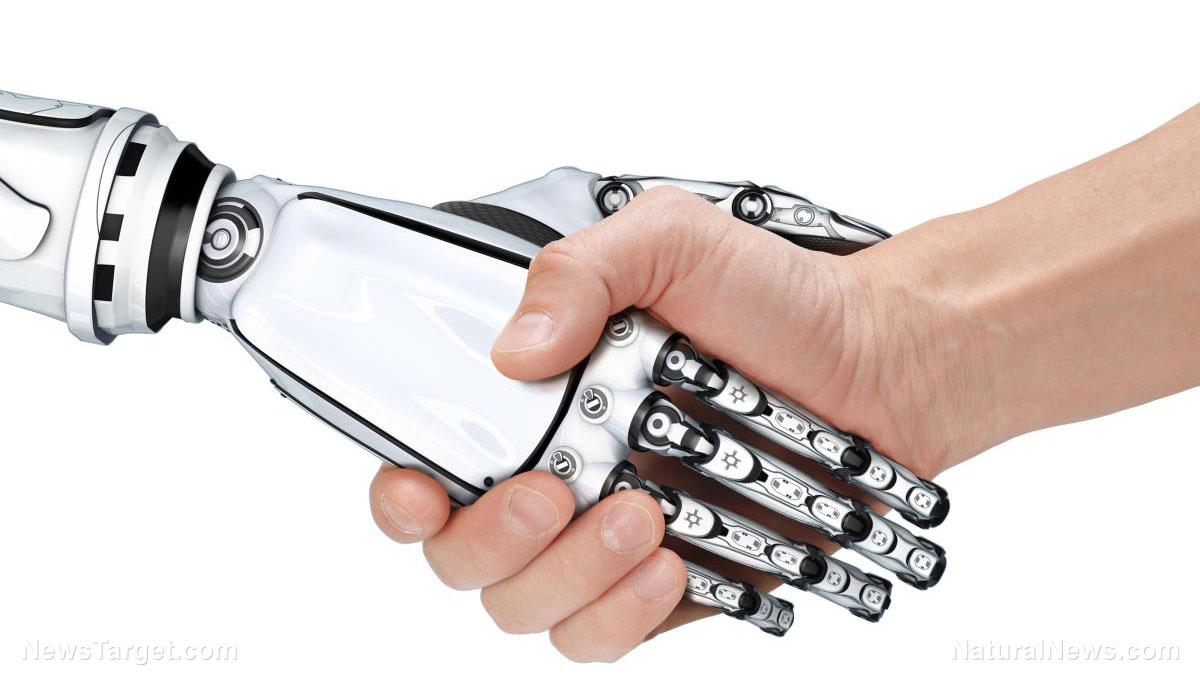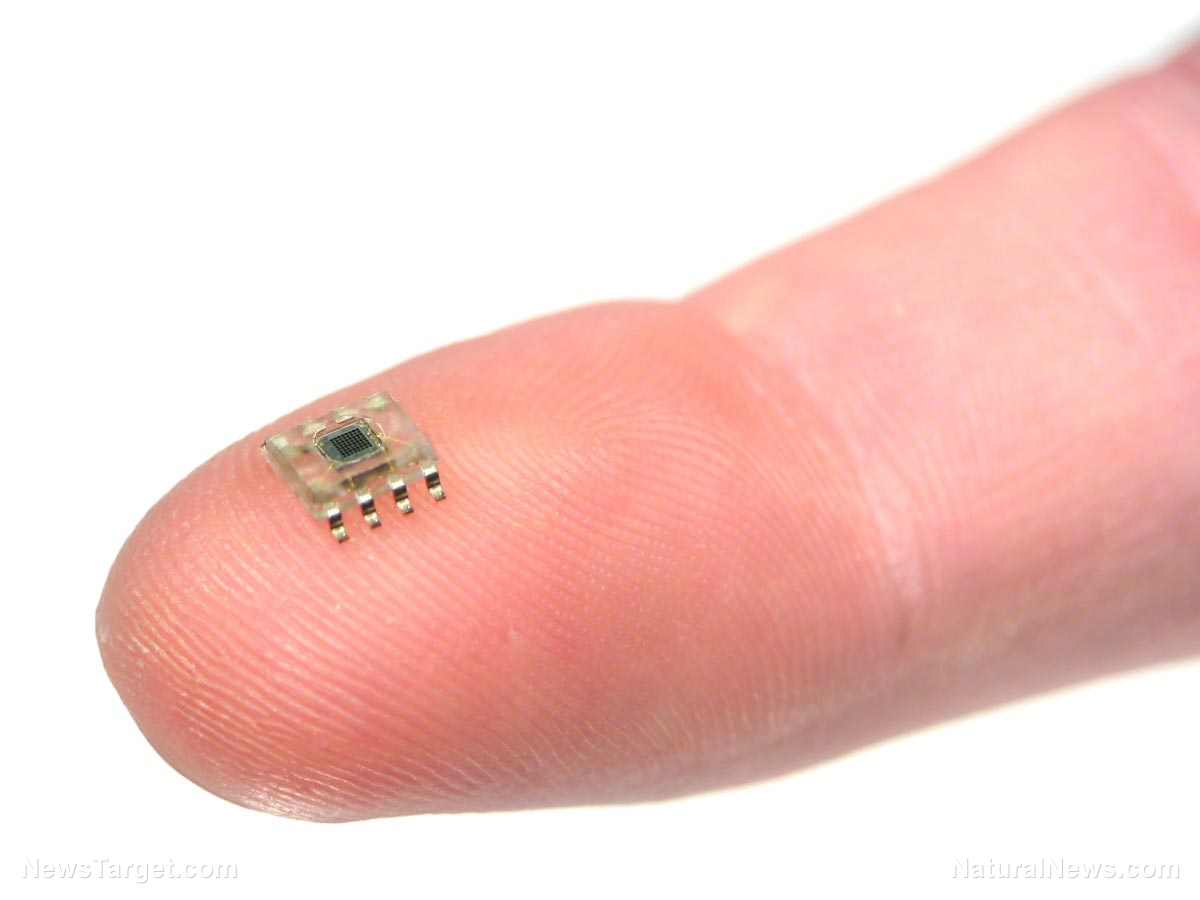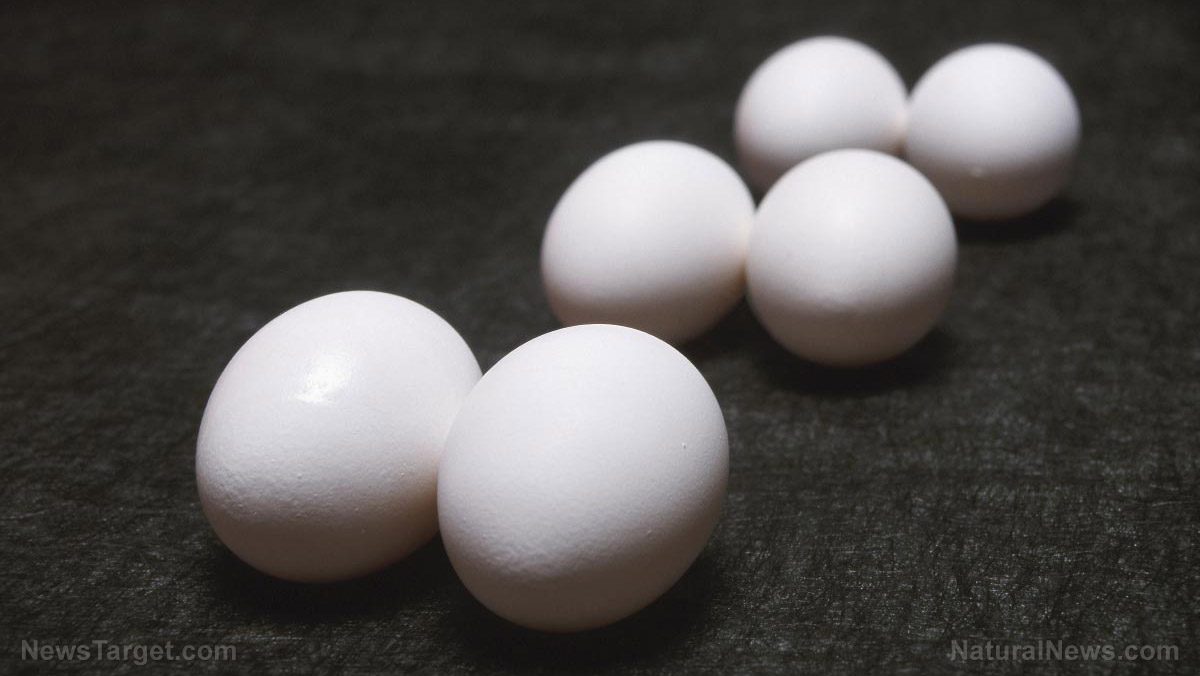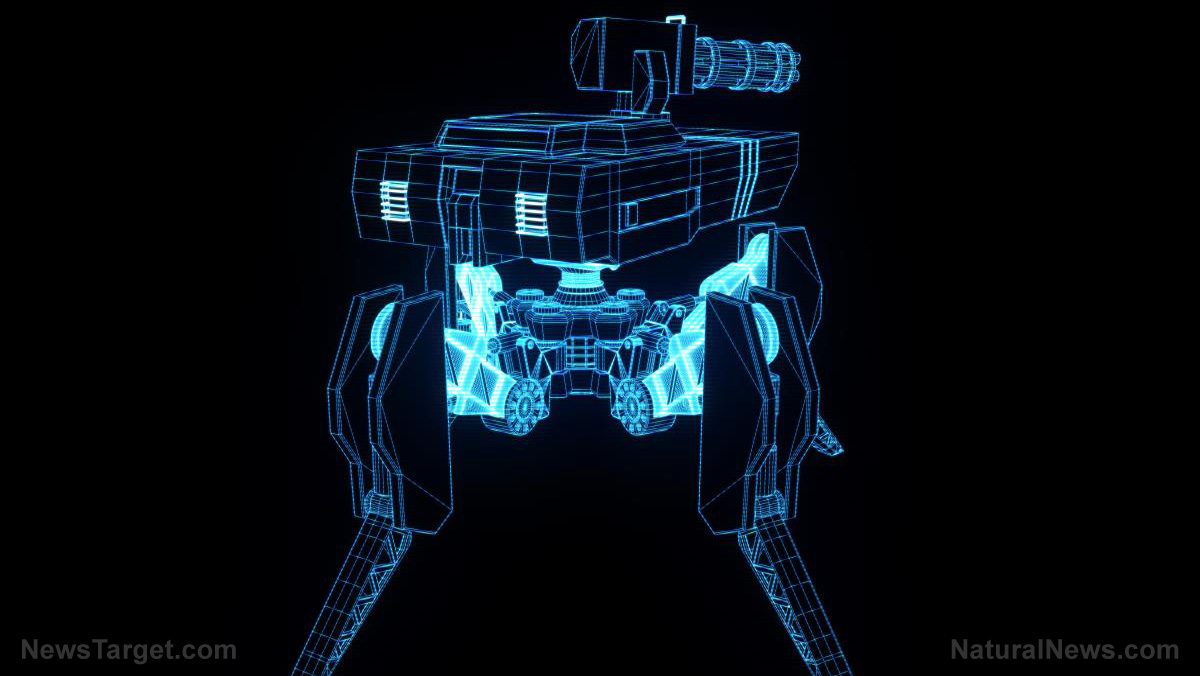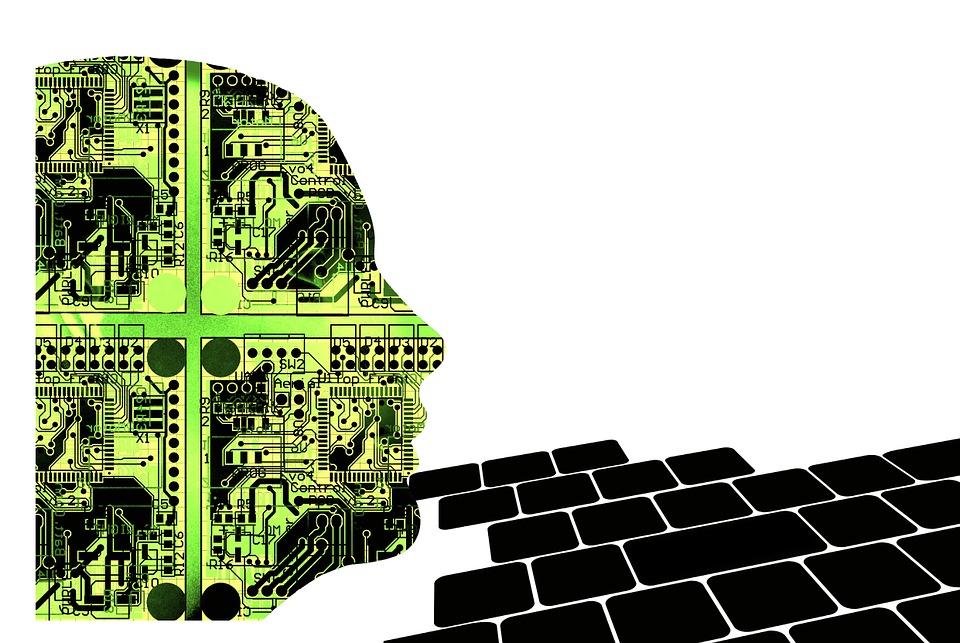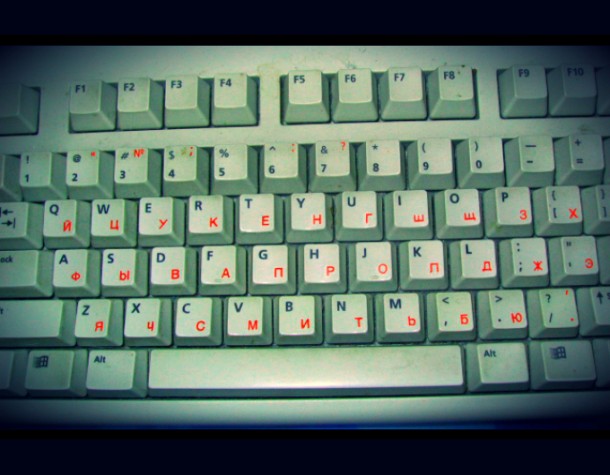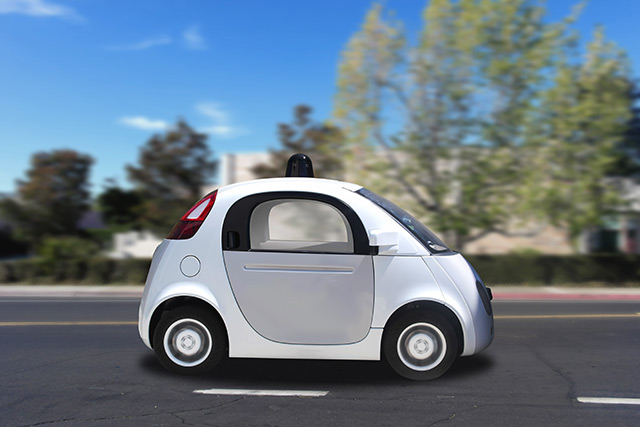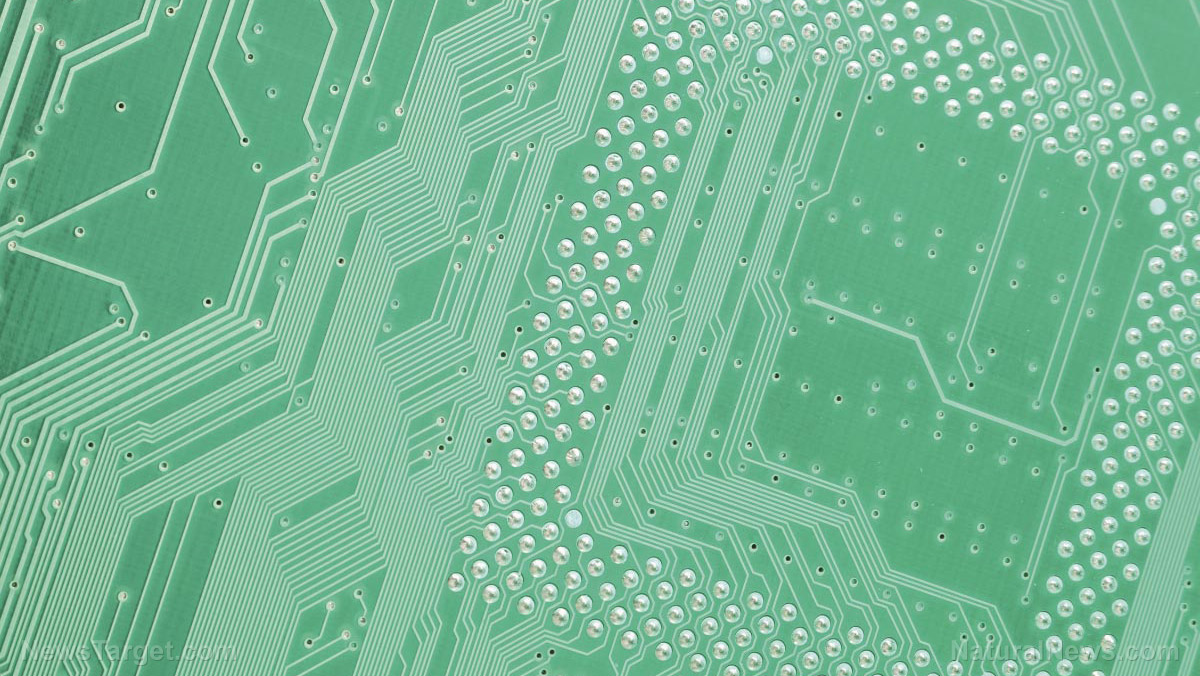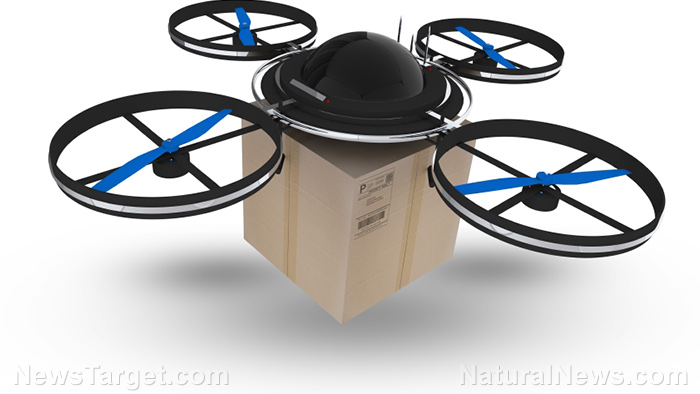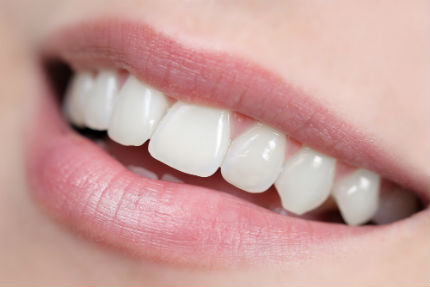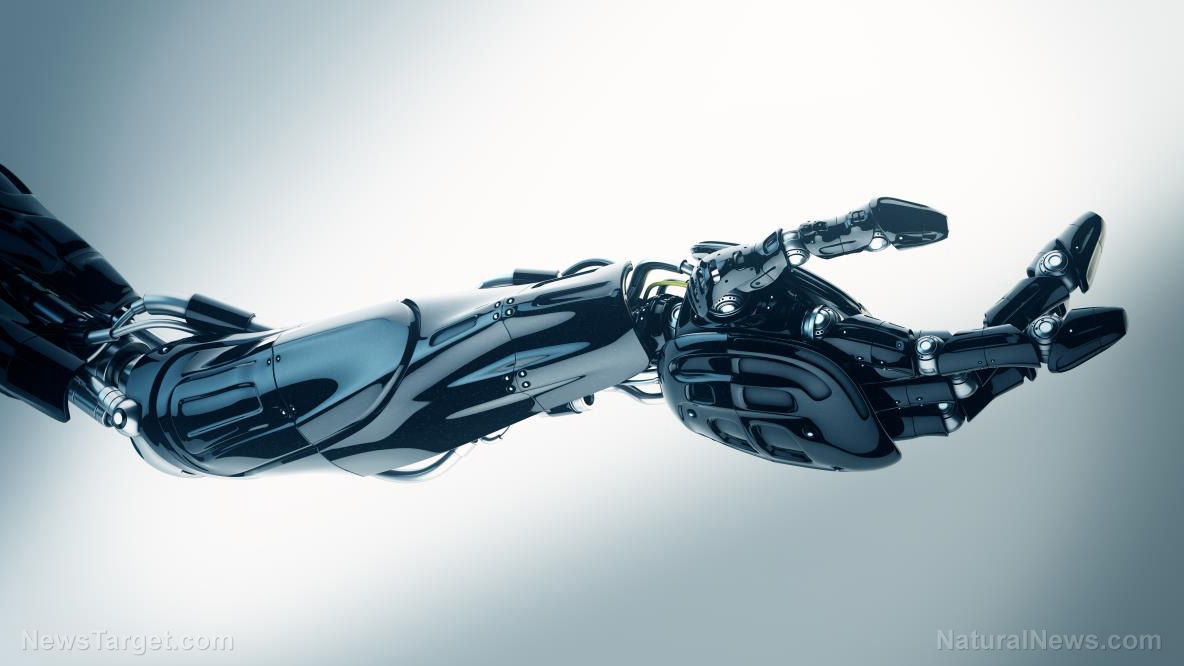Returned to full power: Engineers have developed a process that restores worn cathodes from used lithium ion batteries to build new ones
08/10/2018 / By David Williams

Humanity as a whole is creating far too much waste from the use of batteries, rechargeable or otherwise. Now a group of nanoengineers from the University of California, San Diego (UC San Diego) have managed to develop a method of recycling batteries that not only makes them usable again, but also restores them to their original capacities and conditions. The new recycling method is detailed in its entirety in a new research paper published recently in Green Chemistry.
The researchers said that their method involves a few simple steps, which begins by harvesting the degraded cathode particles from used batteries and then boiling and heat treating them. From this initial step, the researchers said they were able to build new batteries just from the regenerated cathodes. And the best part is that they were able to restore the storage capacity, charging time, and battery lifetime to original levels.
According to Zheng Chen, a professor of nanoengineering at UC San Diego, there is an enormous potential to cut down on both waste and costs in terms of using lithium ion batteries. “Think about the millions of tons of lithium ion battery waste in the future, especially with the rise of electric vehicles, and the depletion of precious resources like lithium and cobalt – mining more of these resources will contaminate our water and soil,” he said. “If we can sustainably harvest and reuse materials from old batteries, we can potentially prevent such significant environmental damage and waste.”
The researchers noted that their method works to recover and restore a particular lithium ion battery cathode material called lithium cobalt oxide. It’s said to be widely used in consumer electronic devices like smartphones and laptops. At the same time, the method also works on NMC, a well-known lithium cathode that contains nickel, manganese and cobalt. This is the type used in most electric vehicles. So whether you’re a user of gadgets or typical consumer of electronic devices or electric cars, you’ll stand to benefit from this new battery recycling method.
Chen notes further in their research that there’s something particularly interesting about the process they came up with. And that is the fact that it’s essentially the exact same process used in the creation of the original cathode particles in the first place. He said that they were able to simply restore the degraded material by putting it through the same processing steps.
For their method, that means collecting the used cathode particles, pressurizing them in a hot, alkaline solution that contains lithium salt, and letting them all go through a short annealing process wherein the particles are heated to 800 degrees Celsius before being cooled very slowly.
Since they have pretty much shown that the method does indeed work, the researchers are now aiming for a solution to optimize the process for industrial scales. It is said that this could be possible by working with battery companies in Asia, which could be able to help in improving the initial cathode harvesting step. Also pertinent is their goal to make their method a general recycling process for all cathodes. With enough work, the process devised by the researchers here could solve the biggest problems with lithium batteries in one fell swoop.
Check out other innovations in battery technology in Power.news.
Sources include:
Tagged Under: battery, breakthrough, E-waste, energy, innovation, lithium ion, power, recycled batteries, recycling, research, technology

